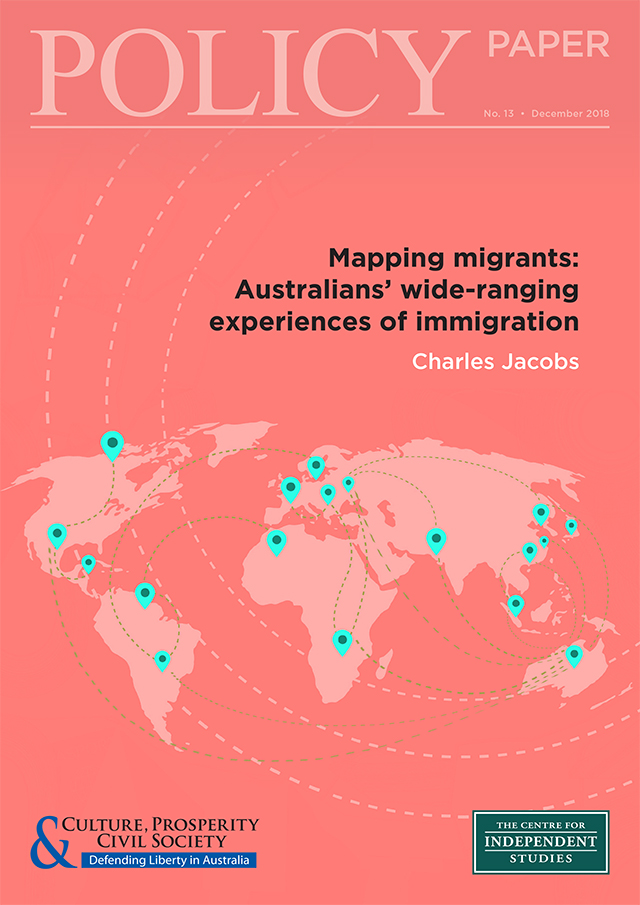
Australians’ experiences of immigration are highly varied. Using 2016 ABS Census data, this POLICY Paper finds that – statistically – the wealth of the suburb we live in can have a major impact on the type of interaction we may have with migrants. These different experiences could go some way to explaining why certain perceptions of migrants and their place in our society could vary across the nation. Some of the key findings are:
- A majority (54.85%) of migrants live in postcodes with a median Household Income (HIND) bracket above the Australian median.
- Newer wave migrants are significantly more likely to be skilled and to live in wealthy areas.
- 53% of English as a second language (ESL) migrants in above median HIND areas speak English very well. 44% of ESL migrants in below HIND areas speak English very well.
- 45% of working age migrants in suburbs below the median HIND are not in the work force. 34% of those living in areas above the median are not seeking work.
- 24% of migrants living in postcodes below the median HIND have a Bachelor’s degree or a higher qualification. 38.72% of those above the median have this level of qualification.
- Migrants in all income areas are more likely than the average Australian to commute to work via public transport, although a majority still drive.










